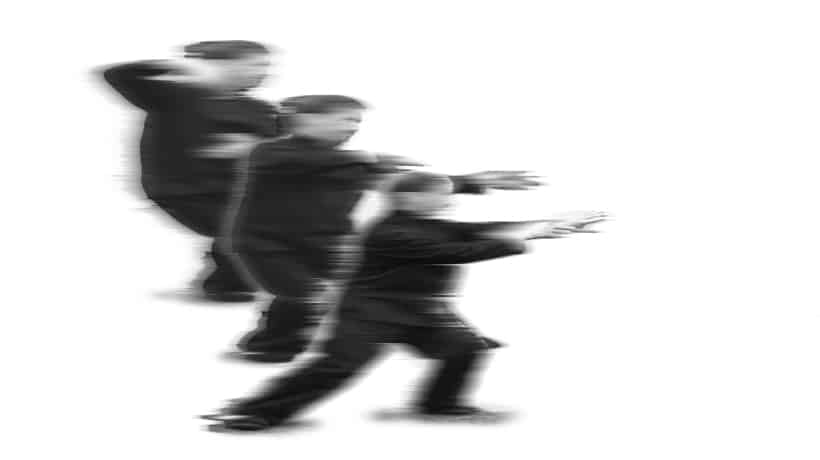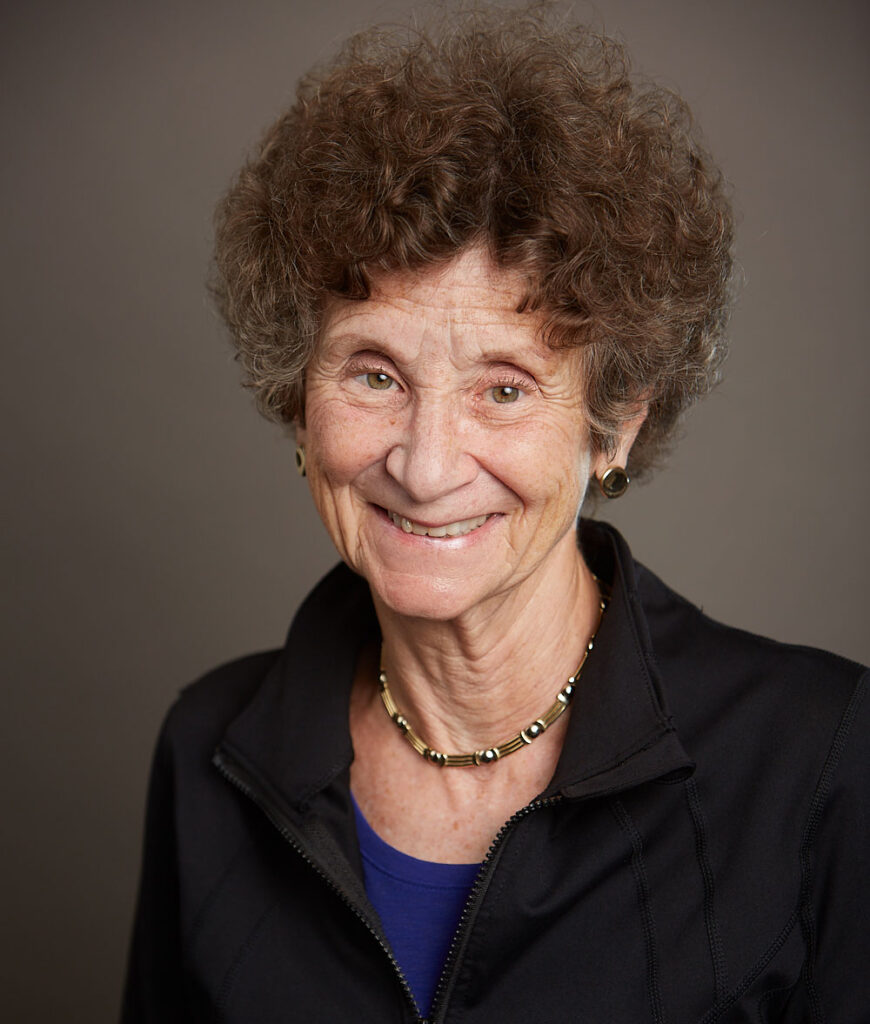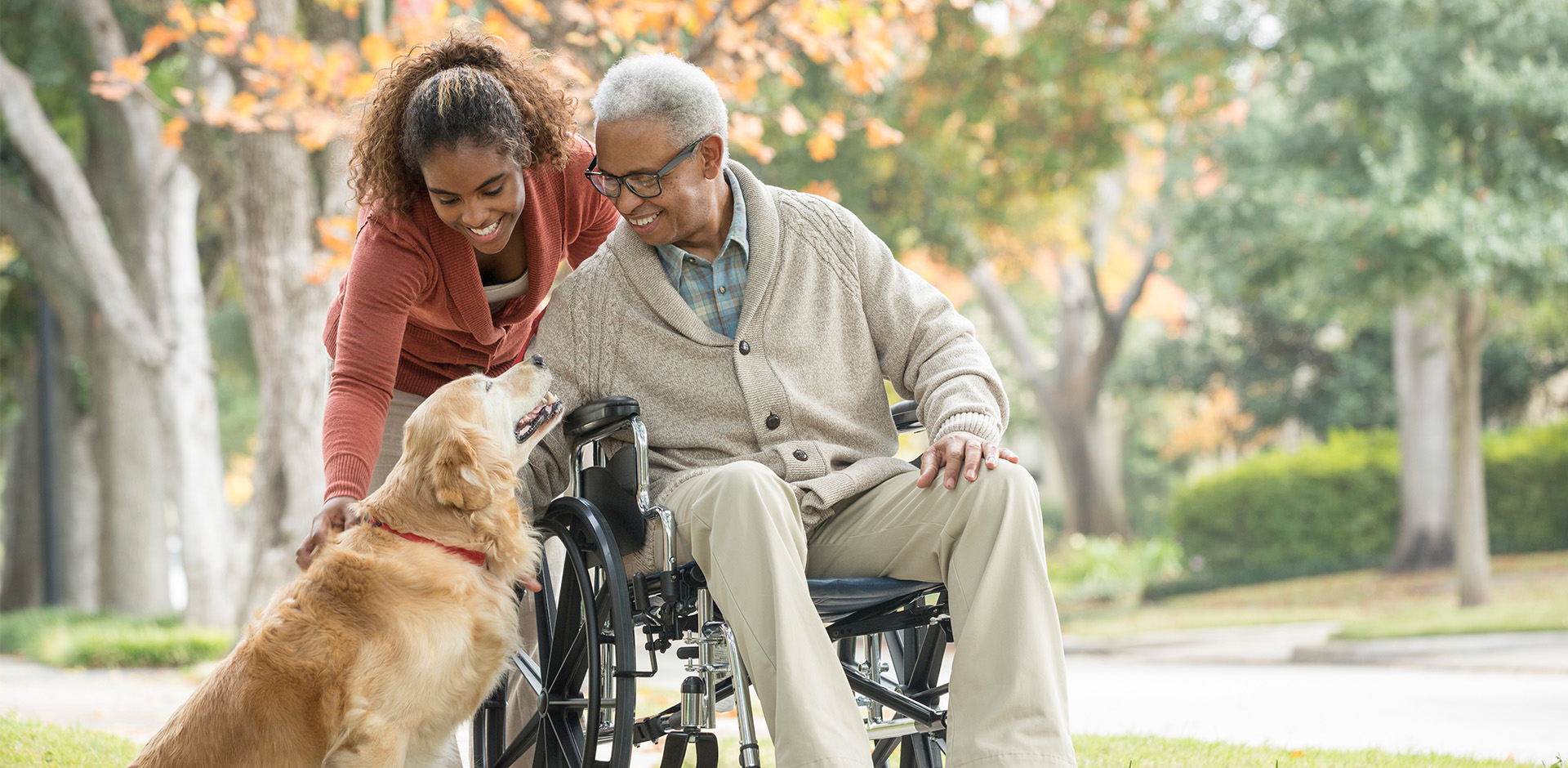Ezy Tai Chi: A Simpler Practice for Seniors
As a form of exercise, tai chi increasingly appeals to the growing proportion of older adults that looks for alternative and convenient ways to exercise for health. Originally developed for martial arts purposes in China more than 300 hundred years ago, this practice has been used as a traditional exercise to improve fitness, health and longevity for individuals of all ages. Tai chi’s low-to-moderate intensity and beneficial effects on strength, flexibility, breathing and balance make it especially attractive to mature adults.
Basically, tai chi is a series of individual movements, or forms, linked together to flow smoothly from one to another. In addition to the physical movement and meditational features of its practice, tai chi is intended to cultivate qi (pronounced chee), an internal force or vital energy – the nature of which is not fully understood. These energy pathways connect organs, joints and muscle groups.
Yin (inactivity) and yang (activity) are opposite, but complementary, forces of nature that need to be in balance for sustaining health and emotional healing (e.g. static/moving, active/passive, tension/relaxation, or forceful/yielding). Shifting body weight creates a continuous reciprocity of yin and yang states in tai chi.
Simplified tai chi
Several styles of tai chi exist, some historic/traditional and some of more recent origin. Ezy tai chi created, by scientists from Oregon Research Institute in Eugene, Oregon, reduces the number and complexity of the 24-form yang style of tai chi to just eight forms and therefore is well suited to the physical and mental needs of older adults. Although preferably done while standing, Ezy tai chi can also be performed in a chair by participants who have a problem with standing or who depend on ambulatory supports (i.e., walker, cane or wheelchair). When performed in a seated position, these movements work the full range of motion for the arms, shoulders and torso. The Ezy tai chi sequence can take less than three minutes to complete, depending on an individual’s mobility level.
Ezy tai chi: health benefits
Ezy tai chi provides training likely to improve muscle strength through static and moving exercises, while addressing the need to control balance over a dynamically changing base of support. This practice also improves balance by involving interlimb coordination and coordination between lower-extremity and upper-body movements. In addition, the training may increase the balance response repertoires older adults can use in balance-challenging situations.
Specific Program Benefits
Ezy tai chi is suitable as a home-based activity for older adults or as a programming option for those health and wellness organizations that serve the mature market. Ezy tai chi allows older people to experience success and move toward achieving mastery in their own living environment. Home practice also removes the transportation/travel barrier of coming to a class and allows participants to work on routines in their own time, which potentially increases exercise adherence. But older adults should first take a class from a suitably qualified and experienced instructor, so they are introduced to the initial modeling and understanding of the pace, flow and transitions between movements.
To read the full article and watch instructional videos click here.
Source: K. John Fisher, Ph.D.; Fuzhong Li, Ph.D.; and Machiko Shirai, M.S., The Journal on Active Aging, May June 2004






